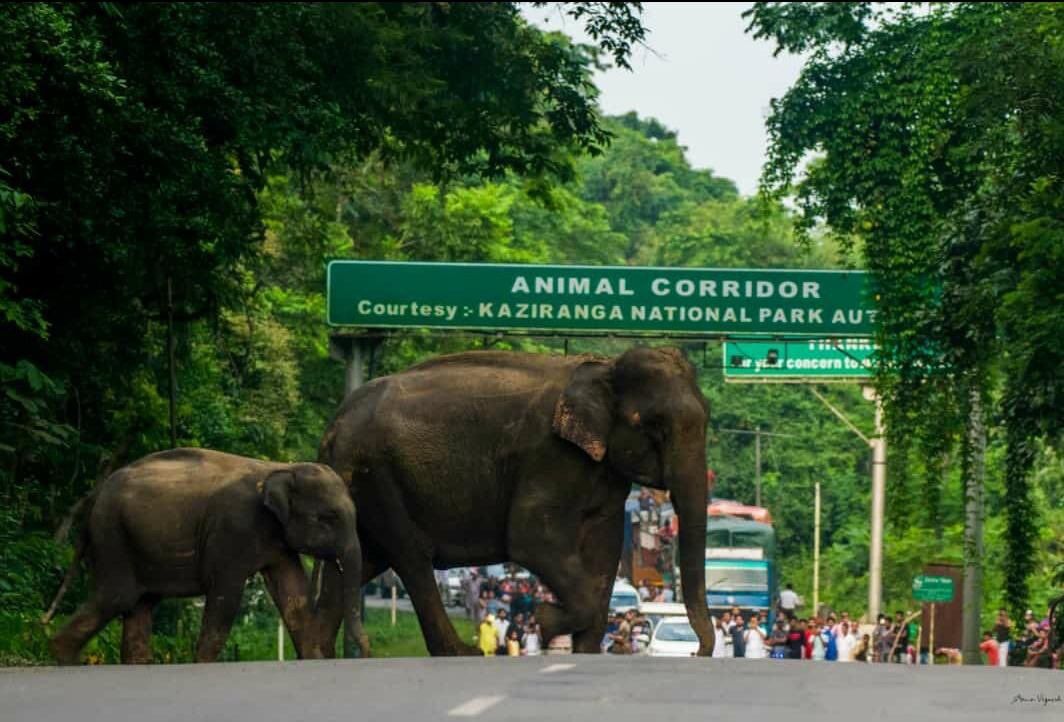Illegal Mining Surges Near Kaziranga Despite Supreme Court Ban: CEC Report Exposes Alarming Violations
In a startling revelation, a recent report by the Central Empowered Committee (CEC) has found that illegal mining activities near the Kaziranga National Park in Assam have intensified, despite a standing ban imposed by the Supreme Court of India. The report highlights a flagrant violation of environmental safeguards and judicial orders in one of the country’s most ecologically sensitive regions.
Background: Supreme Court Ban on Mining
In April 2019, the Supreme Court ordered a complete ban on mining and related activities within a 10-kilometre radius of the Kaziranga National Park and Tiger Reserve, a UNESCO World Heritage site. The decision was taken to protect the fragile ecosystem and wildlife, particularly the endangered one-horned rhinoceros, which Kaziranga is globally renowned for.
However, the latest CEC report paints a disturbing picture of ongoing and rampant illegal mining and stone quarrying, particularly in the Karbi Anglong hills, adjacent to the national park.
CEC Report Findings
The CEC, which operates under the Supreme Court to monitor and ensure environmental compliance, conducted a detailed investigation following multiple complaints from activists and local stakeholders. Key findings include:
-
Extensive mining activities are continuing in the banned zone, violating the court’s 2019 directive.
-
There is evidence of forest land being encroached and degraded, affecting animal corridors and water catchment areas crucial for Kaziranga’s biodiversity.
-
Illegal mining operations are being carried out with heavy machinery, often under the cover of darkness, indicating complicity or negligence by local authorities.
-
A lack of effective monitoring and enforcement has allowed the illegal activities to flourish, posing a serious threat to both wildlife and forest ecosystems.
Environmental and Ecological Impact
The Karbi Anglong hills serve as vital wildlife corridors for animals migrating between Kaziranga and the higher altitudes, especially during floods. Disruption in these corridors due to mining results in:
-
Habitat fragmentation
-
Increased risk of animal-vehicle collisions
-
Elevated human-animal conflict
-
Long-term biodiversity loss
Kaziranga, home to more than 2,600 one-horned rhinoceroses, along with elephants, tigers, wild buffaloes, and various bird species, is already under stress from floods, poaching, and infrastructure development. Illegal mining adds another layer of threat to its fragile environment.
CEC Recommendations
The committee has recommended:
-
Immediate action to halt all illegal mining activities
-
A thorough inquiry into the role of district and forest officials
-
Strict enforcement of the Supreme Court’s ban
-
Rehabilitation and restoration of damaged forest areas
It also advised that a permanent monitoring mechanism be set up to prevent future violations in and around the protected zone.
Call for Accountability
Environmentalists and conservationists have raised strong concerns following the report, demanding accountability from local officials and stricter implementation of court orders. They argue that the inaction against illegal mining reflects systemic failure and puts a globally significant wildlife sanctuary at grave risk.
The Kaziranga National Park, a jewel in India’s ecological crown, is under siege from unchecked illegal mining. The CEC’s findings serve as a wake-up call to all stakeholders—from state authorities to the judiciary—to enforce environmental protections without compromise. The need of the hour is urgent and sustained action to preserve Kaziranga’s integrity for future generations.

